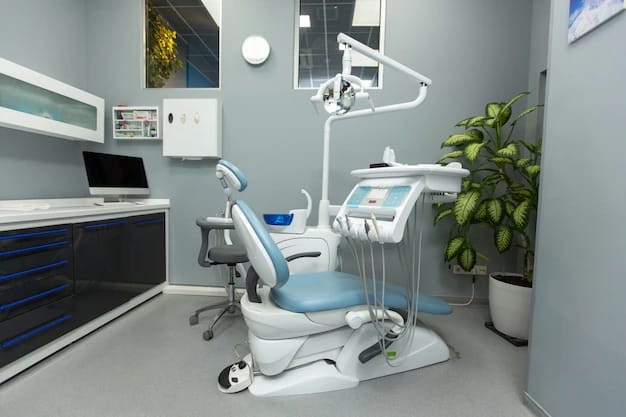Healthy Gums for a Healthy Life: Periodontics
Healthy Gums for a Healthy Life: Periodontics
Periodontics is the specialty focused on the health of your gums and the supporting structures of your teeth. A periodontist diagnoses, prevents, and treats inflammatory gum disease. Our specialists at Roots super speciality dental center are also experts in the placement of dental implants.
What is Gum Disease (Periodontitis)?
Gum disease is an infection caused by plaque, a sticky film of bacteria. In its early stages (gingivitis), it causes red, swollen, or bleeding gums. If untreated, it can progress to periodontitis, where the gums pull away from the teeth, forming “pockets” that trap bacteria. This can destroy the bone that supports your teeth, leading to tooth loss. Because it’s often painless, you may not know you have it.
Book An Appoinment
Non-Surgical Gum Treatments
We offer a comprehensive range of implant solutions tailored to your specific needs:


Scaling and Root Planing (Deep Cleaning)
This is the primary non-surgical treatment for gum disease. Scaling removes plaque and hardened tartar from above and below the gum line. Root planing smooths the tooth roots, helping the gums reattach to the tooth and eliminating bacterial toxins.

Curettage
This procedure involves removing the diseased, inflamed inner tissue lining of a gum pocket. This can be done with traditional instruments or, in our clinic, with an ultrasonic scalar.

Surgical Gum Treatments
If non-surgical treatment isn't enough, we offer:
- Gingivectomy (Gum Reduction):This procedure involves removing a portion of the gum tissue from around a tooth. It's used to treat gum disease or to lengthen teeth for a cosmetic "gummy smile" correction.
- Periodontal Flap Surgery:For moderate to advanced periodontitis, the gums are gently folded back (creating a "flap") to allow the periodontist to access the tooth roots and bone. All plaque and tartar are removed, and the bone may be reshaped before the gums are stitched back into place.
Regenerative & Cosmetic Gum Procedures
If non-surgical treatment isn't enough, we offer:
- Gingivectomy (Gum Reduction):This procedure involves removing a portion of the gum tissue from around a tooth. It's used to treat gum disease or to lengthen teeth for a cosmetic "gummy smile" correction.
- Periodontal Flap Surgery:For moderate to advanced periodontitis, the gums are gently folded back (creating a "flap") to allow the periodontist to access the tooth roots and bone. All plaque and tartar are removed, and the bone may be reshaped before the gums are stitched back into place.


Regenerative & Cosmetic Gum Procedures
- Bone Grafting for Gum Disease:When gum disease has destroyed the bone supporting your teeth, a bone graft can be placed. This procedure uses grafting material to encourage your body to rebuild the lost bone, which can save a tooth or create a solid foundation for a dental implant.
- Guided Tissue Regeneration (GTR):This technique stimulates the regrowth of new bone and gum tissue. A special membrane is placed between the gum tissue and the bone, guiding the body to regenerate the proper types of tissue where they are needed.
- Cosmetic Gum Surgery:If your gums have receded, exposing the tooth roots, a gum graft can be performed. This typically involves taking a small amount of tissue (often from the roof of your mouth) and grafting it onto the receded area to restore a healthy gum line.
Splinting (Stabilizing Loose Teeth): If teeth have become loose from bone loss, they can be stabilized by splinting them together. This often involves a tooth-colored fiber ribbon that is bonded to the teeth, making them more comfortable for biting and eating.
